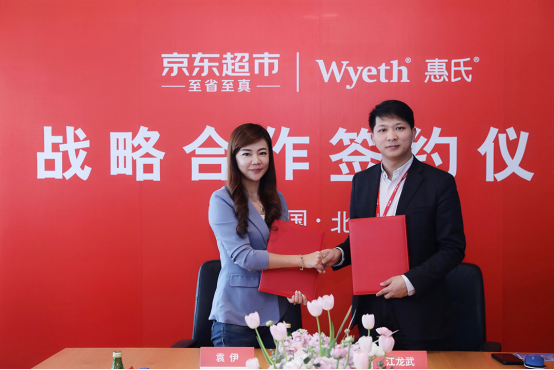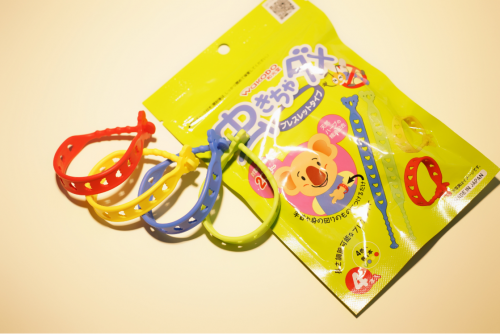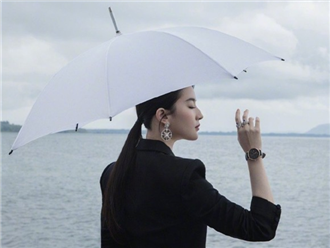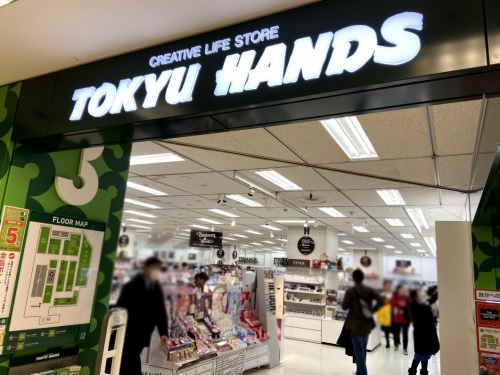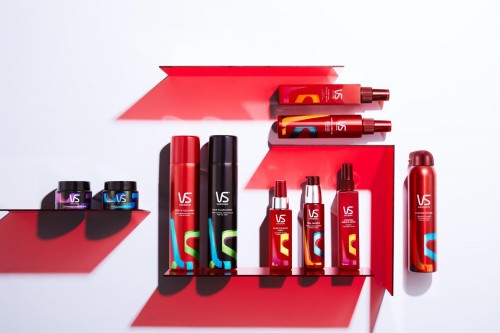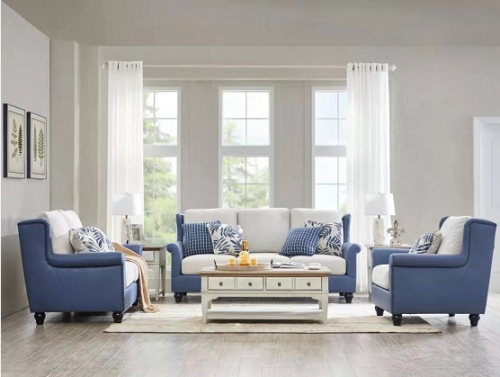纽约曼哈顿Kind of Green艺术展
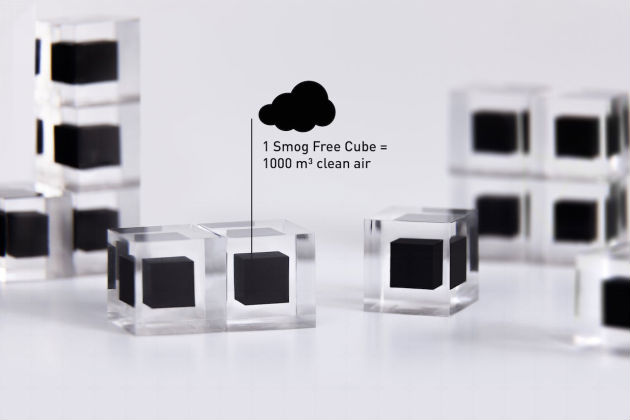
图片:“减霾计划”宣传图片 SMOG FREE PROJECT © Studio Roosegaarde
Kind Of Green 似绿非绿
地址:纽约市曼哈顿亨利街191号(Henry Street)
展览日期:2019年6月1日—11日
开放时间:每天上午11点—下午6点开幕:6月1日下午3点-7点
联合国世界环境日庆祝活动:有机葡萄酒品酒会 6月5日晚7-8点
观众参与艺术装置活动|由参展艺术家卢思洁主持:6月8日下午2-5点
怡画廊将于2019年6月举办艺术和设计作品联展,参展艺术家包括安妮∙卡特琳∙森斯塔(Anne Katrine Senstad),卢思洁(Si Jie Loo),詹米∙马丁内斯(Jamie Martinez)和罗斯加德工作室(Studio Roosegaarde)。人类社会正面临着气候变化的严峻挑战-空气污染,海平面上升,以及由生态改变而驱动的全球范围内的大规模人口迁移。近年来,环境议题日渐受到重视,社会与个人环保意识也逐渐提升。随之而起的是逐渐进入主流的环保行动或绿色消费指南。这些环保理论大多建议人们投资清洁能源汽车或只吃有机食品,仿佛购买绿色产品和改变个人的生活习惯就是处理环境议题的最佳途径。以消费主导的生活方式给社会带来了前所未有的便利和经济发展,但也为地球创造了难以承受的环境负担和社会资源分配严重不均的问题。仅靠绿色消费来实现可持续发展是否明智?此次跨学科展览并非只向观众描绘一幅令人焦虑的“世界末日”黑暗场景,参展的作品题材也超越了用废旧材料制作的“绿色环保”艺术,其侧重点是艺术家以独特的视角和艺术的语言观察和探讨紧迫的环境危机,思考生产、消费和资源分配的关系,以及人类活动和气候改变的紧密联系。展览将于6月1日至6月11日在纽约亨利街191号画廊空间举行,每天上午11点至下午6点对公众开放。

图片:《迁徙之河》大型室外装置,2010年纪录片影像©Anne Katrine Senstad
安妮∙卡特琳∙森斯塔将以新的呈现方式再次展现《迁徙之河》作品。该作品于2010年在位于美国加利福尼亚州圣塔罗沙的Life is Art Foundation(生命是艺术)基金会初次展出,以大型户外灯光和地面装置的形式呈现。所在地历史上曾为墨西哥领土。作品由分布在山腰上的72盏太阳能灯组成。2010年在美墨边境,72名越境的中南美洲移民因拒绝带毒入美国境而被毒枭残酷屠杀,森塔斯作品中的72盏灯即代表了72个无姓名的受害人。一盏灯一个人,这条由灯光连成的象征性的“人河”是一座庄严的纪念碑,对在2010年暴力事件中死亡的72个无名灵魂表达敬意,同时也为所有在移民过程中惨遭暴力侵害的人们呐喊。森塔斯用她的光之河点亮了复杂的边境人口流动和迁徙问题。太阳能灯从黎明开始吸收日光,到黄昏发亮,因为大多数越境的移民选择在天黑后行动。灯光勾勒了一幅夜景中的加州自然地理图谱,森斯塔以抒情的方式对边境政策以及难民对待等问题进行了批判性的评论。国际移民组织表示,除了战乱和政治等因素,恶劣的气候改变也会让受影响地区的人们被迫搬迁,成为难民。该组织在孟加拉国所做的一项调查显示,40%接受调查的家庭都表示气候变化是迫使他们做出迁徙决定的直接原因。联合国报告也显示,最贫穷和最边缘化群体流离失所的可能性是高收入国家人口的五倍,同时他们处在“气候难民”状态的时间也更长,且随着气候变化还在逐渐增加。难民在迁徙途中所遭遇的非自然死亡与气候变化、资源封闭与全球财富不平等密切相关。

图片:《品味特权》,2019,装置 © Si Jie Loo
卢思洁的装置作品《品味特权》由完全相同的两组架子组成,左边的架子上摆放着精致的手工咖啡瓷器,里面装着研磨过的高级咖啡粉;右边的架子上放的则是极为普通的咖啡杯,里面盛着咖啡的残渣。通过视觉上的鲜明对比,卢思洁希望向观众呈现消费和使用中选择的差异,同时指出劳动生产和资源分配过程中存在的权力不平衡问题。卢思洁儿时在马来西亚喝的咖啡很普通,甜甜的,浅棕色的,由较低劣的咖啡粉混着热水和炼乳冲泡而成。不像在精品咖啡店里,充满异域情调的昂贵咖啡从非洲国家进口,品质上好,包装精美,贴着“公平贸易”的标签。其实早在殖民时期英国就将最优质的咖啡专供出口用。昔日的霸权帝国已瓦解,但其在全球范围内的残余力量对今天的跨国贸易仍有深远的影响,比如英国等发达国家的市场上继续流通享用世界上最顶级的阿拉比卡咖啡,相比之下,发展中国家马来西亚对外出口较高等级的石油和天然气,却从国外进口较低等级的材料供当地人使用。在马来西亚卢思洁父亲村里的大多数人都靠橡胶攻丝谋生-从橡胶树上采集乳胶。她回忆小时候,她的祖父母和邻居一般晚上8点之前就睡觉,因为凌晨2点要起床去干活,收集橡胶奶加工。当卢思洁上午9点醒来时,家人都已下班回家了。尽管像马来西亚这样的发展中国家以供应上好的自然原料闻名,让生活在经济发达国家的消费者受益,但马来西亚的这些劳动者生活水平却不一点也不优越。现在卢思洁是一位生活在西方的艺术家,她的创作被视为一种奢侈品。虽然制作艺术是一项极为费力的劳动,艺术家常常在比较艰苦的条件下长时间呕心沥血地劳作,但消费艺术却是极少数富人享受的特权,交易和欣赏往往在干净、高端的“白盒子”画廊空间里进行。在当代艺术的消费者与“供应”这种生活方式的文化生产者(艺术家)之间存在着深刻的差异。在卢思洁看来,咖啡产业中显现的贫富悬殊与艺术商业中隐藏的阶级差异有着微妙的相似之处。
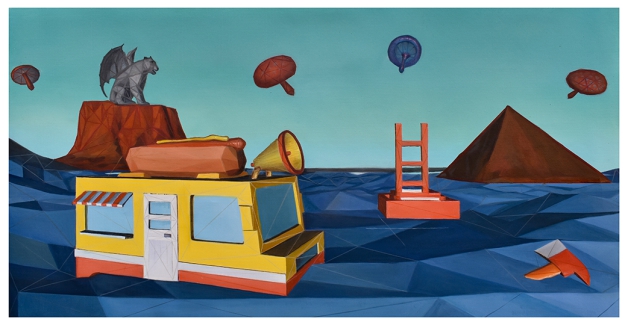
图片:《虚拟现实-全球变暖》2018,布面油画 © Jamie Martinez
布面油画《虚拟现实-全球变暖》是詹米∙马丁内斯作为画家对加剧的气候变化做出的直接反应。废弃的热狗卡车,奇美拉怪兽石像,金字塔,飞行的降落伞,梯子和被洪水淹没的山脉等视觉元素构成了一幅超现实的图像。马丁内斯在创作时,首先使用虚拟现实软件构建这些片段元素并构图,然后他再将虚拟现实中的模拟图像画成油画,用真实的油彩记录下梦幻般的维度。虽然我们在马丁内斯的画中看不到人的形象,但整个画面的场景却暗示着一个可怕的现实-以人类为中心的活动正在加速气候改变和海平面上升,最终可能导致地球上的大规模物种灭绝。纠正这些环境问题,人类必须立即采取大规模的集体行动。
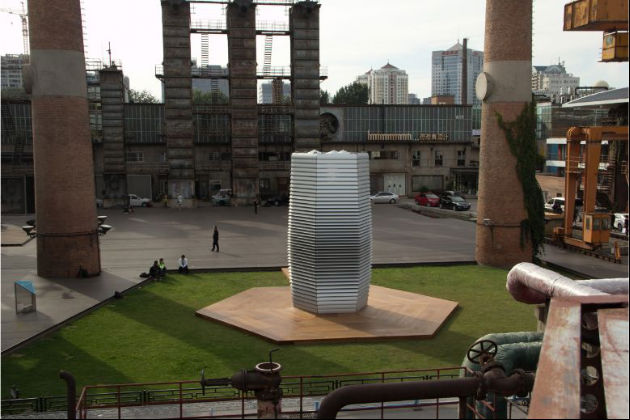
图片:“减霾计划”宣传图片 SMOG FREE PROJECT © Studio Roosegaarde
“减霾计划”是由荷兰艺术家、创新者丹·罗斯加德提出的以城市革新为目的的长期项目,旨在解决全球空气污染问题,为洁净的未来提供一系列创意的灵感设计。其中的雾霾净化塔、雾霾戒指和减霾单车是主要针对公共空间中的局部空气而设计的净化方案,罗斯加德工作室积极与政府、高校和高科技净化产业合作,共同创造无霾城市。罗斯加德的专家团队创造了世界上最大的雾霾净化装置,7米高的“雾霾净化塔”运用了专利的离子技术在公共场所创造出一个无霾空间,使人们无需消费即可享受清新空气。“雾霾净化塔”使用环保绿色能源,每小时能过滤3万立方米的空气,用电量不大于一个热水器(1170瓦)。

图片:“减霾计划”宣传图片 SMOG FREE PROJECT © Studio Roosegaarde
“雾霾净化塔”的效果得到了埃因霍温理工大学的积极测评2。"雾霾宝石"是“减霾计划”所衍生出的实物纪念品。雾霾戒指和袖扣都是通过压缩净化塔所收集到的雾霾颗粒制成的。每当你分享一枚雾霾戒指,就相当于贡献了1000立方米的洁净空气。
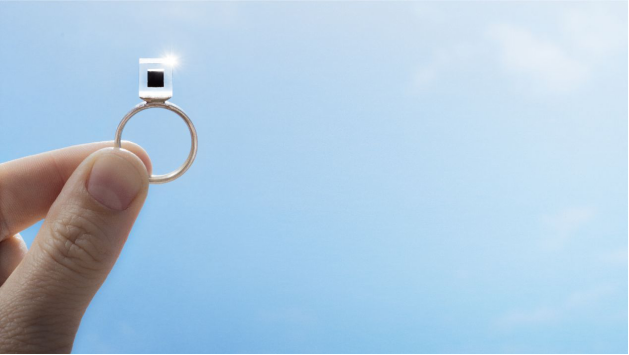
图片:“减霾计划”宣传图片 SMOG FREE PROJECT © Studio Roosegaarde
罗斯加德在近期的采访中讲到:“我们面临的很多问题-海平面上升、空气污染-对我而言,都是糟糕的设计问题,”对他来说,设计就是为我们人类共同的未来设定目标,并为实现这一愿景创造标准。罗斯加德给这个愿景取了有一个名字:“schoonheid”-该词源于荷兰语,意思是美丽。它其实有两层含义,既指美丽,也有清洁的意思。“真正的美丽是清洁的空气,它需要被认识、创造和珍惜。”罗斯加德说。这一概念在新的社会价值观中形成,也包括供人类共同分享和维护的资源-清洁的空气,清洁的水和清洁的能源。
引用和备注
1.“‘气候难民‘地位问题成为波恩气候变化大会讨论的焦点|联合国新闻.”United Nations,United Nations,news.un.org/zh/story/2017/11/285402.
2.净化塔采用经过验证的ENS阳离子技术移除自身周围空气中的大型颗粒物质。该技术和雾霾净化塔都已经通过实地测量和数据模拟成功提升了计算流体动力学。各项结果证明,雾霾净化塔能够捕捉并移除高达70%被摄入的PM10和高达50%被摄入的PM2.5。在无风天气中,雾霾净化塔能够在以塔为中心,直径超过20米的开阔地带让PM10和PM2.5分别下降多达45%和25%。当塔被放置在半封闭或全封闭的庭院中,其功效将变得更加强大。(荷兰埃因霍温理工大学(Eindhoven University of Technology)以及比利时鲁汶大学(KU Leuven)Bert Blocken博士、教授)
特别鸣谢
展览环保袋设计:丁钰洁(中国时尚设计师,现旅居意大利)
Instagram:@yujiedhats
6月5日是联合国世界环境日

#KindOfGreen#WorldEnvironmentDay#BeatAirPollution
关于怡画廊
Yi Gallery怡画廊成立于2018年,致力于推广当代艺术家,为多元化的创意人才提供自由的展示空间,媒介涵盖绘画、雕塑、互动媒体、诗歌、设计等。怡画廊定期举办艺术展览,策划公共项目,并组织品牌合作、品酒会、手工课和诗歌阅读等创意活动。
欢迎致函:info@gallery-yi.com
了解更多怡画廊的信息,请访问:gallery-yi.com
Instagram & Facebook:@yigalleryny
Kind of Green
191 Henry Street New York, NY
On View:June 1 - 11, 2019
Opening Reception: June 1, 3pm - 7pm
NEW YORK - A group exhibition comprised of art and design works by Anne Katrine Senstad, Si Jie Loo, Jamie Martinez, and Studio Roosegaarde will be on view starting June 1st, 2019. Society is faced with climate change, pollution, rising sea levels, and massive ecologically driven migration. Many sustainable lifestyle theories advise people to “buy green,” invest in a “clean” car or only eat organic food. But is it wise to rely on consumerism to provide a solution to the very problems it has helped create? In this interdisciplinary exhibition, artists and designers think beyond “eco” art made from recycled materials or projects that simply paint an apocalyptic scene in order to address the urgent and ongoing ecological challenges the planet is faced with. The exhibition will be on view from June 1st to June 11th every day from 11am to 6pm at 191 Henry Street, New York, NY. An opening reception will be held on Saturday, June 1st from 3pm to 6pm.
The first incarnation of Anne Katrine Senstad's memorial piece, The River of Migration, existed as a large outdoor light and land installation at Life is Art Foundation in 2010. The piece consisted of 72 solar-powered lights placed along a mountainside in Santa Rosa, CA. They formed a symbolic “human river” on what was historically Mexican land. Each of the 72 lights refers to a specific case where a person was brutally massacred by cartels after refusing to be used as a drug trafficker. Using light to create a memorial, Senstad illuminated the urgent migration issue with her symbolic river of light. The project honored the 72 nameless souls who died during the migration process and simultaneously spoke for all victims of migratory violence. The solar panel lights were lit from dusk till dawn, when most people cross borders illegally, and illustrated the very nature of the migratory action. The lights created a geographical mapping of the California landscape and served as a gestural, lyrical, and critical comment on migration policies, border wall politics, and the intensifying climate and political refugee crisis. Unnatural deaths of migrants are intimately connected to climate change and resource enclosures fueled by the growth of global wealth inequality. It is critical to revisit this work today as it raises awareness of the new, and more elaborate, forms of human trafficking as a global business as well as the financial structures on which it capitalizes.
Si Jie Loo’s wall installation, Privilege of Taste, consists of ceramic cups and sourced coffee powders that sit on two contrasting shelves. Through her work, she visualizes the complicated relationship between choice and the illusion or lack of choice and points to the unbalanced power between labor and consumption in our society. The Malaysian coffee that Loo grew up drinking is sweet tasting and light brown. It is made from a lower grade coffee powder mixed with hot water and condensed milk. There was no comparison between tasting the powdery coffee like residue and the “fair trade” coffee, grown in exotic African countries, served by gourmet coffee shops in developed economies. During colonial times, the British took the best quality coffee for exporting. The remnant of imperial power embodied in today’s global economy continues to enable the sale of higher-end Arabica coffee so that it can be enjoyed in the UK and other powerful and developed markets. Similarly, Malaysia exports higher-grade oil and gas and imports a lower grade from abroad for local use. The majority of people in her father’s village earned their living by rubber tapping - a process that involves collecting latex from a rubber tree. When Loo was a child, her grandparents and neighbors were asleep by 8pm and were up for work at 2 am so that they could collect rubber milk for processing. When Loo awoke at 9am her family would have already arrived home from work. Although developing nations like Malaysia are known for supplying some of the best natural resources to the developed markets, the lives of the vast majority of laborers are nowhere close to the luxurious lifestyle of the people who benefit from their labor. Today, Loo is an artist living in the western world producing what is considered to be a luxury good. While making art is laborious and sometimes soul-baring, consuming art usually takes place in a clean, pristine, and often sterile white box by a privileged minority of wealthy clients. To Loo, how we taste coffee serves as a metaphor for the profound difference between the elitist contemporary art connoisseurship and the cultural producers who supply it.
Jamie Martinez’s oil painting on cotton, VR Unity Global Warming, is a direct response to the intensifying threat of climate change. An empty hot dog truck, a Chimera, a pyramid, flying parachutes, an isolated ladder, and mountains submerged by flood waters are among the elements that make up the surreal composition. Martinez’s process involves using Virtual Reality software to construct a collage of visual fragments. He then translates the VR simulation into an oil painting in order to document this new dream-like dimension that was created in the virtual world. Although a human figure is not visible in the painting, the cataclysmic scene suggests that anthropocentric activities on earth contribute to accelerated global temperature and rising sea levels, which will eventually lead to mass extinction. Actions to correct these problems must be massive and collective.
The SMOG FREE PROJECT is a long-term campaign for clean air in which Daan Roosegaarde and his team of experts have created the world's first smog vacuum cleaner. The 7-meter tall SMOG FREE TOWER uses patented positive ionisation technology to produce smog free air in public spaces and allows people to breathe and experience clean air for free. Creating a tangible souvenir, Roosegaarde designed the SMOG FREE RING, which is comprised of compressed smog particles. Roosegaarde has been inspired by nature's gifts, such light emitting fireflies and jellyfish, from an early age. His fascination for nature and technology is reflected in his iconic works such as WATERLICHT (a virtual flood which shows the force of water), and SMART HIGHWAY (roads that charge throughout the day and glow at night). “A lot of the problems we’re facing—rising sea levels, air pollution—are, to me, an issue of bad design,” Roosegaarde tells Fortune in an interview. “We have created this current situation, now we have to design our way out of it.” To Roosegaarde, design is about setting goals for our future and creating standards to achieve that vision. The Dutch artist and entrepreneur has a name for it: ‘schoonheid’ meaning beautiful and clean. This concept takes shape in new social core values like clean air, clean water, and clean energy.
For additional information, please contact Cecilia Zhang Jalboukh at cecilia@gallery-yi.com or +1 (929) 356-6087.
Images: SMOG FREE PROJECT © Studio Roosegaarde; Video still from River of Migration (2010) project documentary ©Anne Katrine Senstad; VR Unity Global Warming ©Jamie Martinez; Photograph of ceramic work ©Si Jie Loo
更多精彩资讯,请点击时尚生活网:www.fashionlife.net.cn
热点阅读
- 轻课正式宣布品牌升级 更名为星辰教育
- 草间弥生的抽象艺术 你看懂了吗?
- 英国皇家赛马节衣着穿搭大盘点
- 郎朗宣布结婚,新娘系24岁德韩混血儿
- 苏志燮首度承认恋情,女友居然是她?
- 《皓镧传》茅子俊:是嬴异人教会了我
- CHANEL创意总监Karl是这个时代的奇迹
- 如懿带火的柳叶眉,到底适不适合你?

